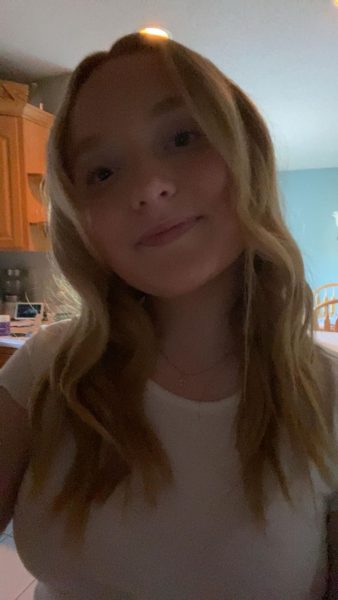In high school, many students become intertwined in relationships, but unfortunately, numerous those connections can turn toxic. These toxic relationships don’t just affect the present; they can build a troubling foundation for the future, sometimes even leading to domestic violence.
The definition of abuse is to treat someone with cruelty or violence, especially regularly or repeatedly. It’s broadly categorized into two types: physical and emotional. At the high school level, emotional abuse is considered the most common and the hardest for outsiders to recognize.
“An alarming statistic is that 1 in 3 U.S. teens will experience physical, sexual, or emotional abuse from someone they’re in a relationship with before they become adults,” said the Harborview Injury Prevention Center.
Many wonder why teens venture into toxic relationships, often with multiple reasons behind their choices.
“Many students struggle with self-worth and self-esteem and don’t realize how to be properly treated, or how to properly treat someone else in a relationship,” said Psychology teacher Alyssa Becker.
The issue of self-esteem is a prevalent theme in high school relationships.
“I feel like it’s usually the insecure people that project issues they have on others and usually take it out on people that are close to them,” said Freshman Kaitlin Molden.
The rapid growth of social media exacerbates these problems, as many young people post about their relationships, often trying to mirror those depicted online.
“Young people are very influenced by what we see in popular culture, and they are often the worst examples of healthy relationships,” said Becker.
This negative portrayal of relationships in popular culture contributes to a distorted understanding of what constitutes a healthy partnership.
“I feel like I see a lot more couples normalizing controlling behavior than I see couples showing healthy relationships,” said freshman Kenzie Turney.
Since teens are still exploring their identities, it can be challenging for them to differentiate between healthy and toxic behaviors.
“Lack of experience can make someone scared or unable to navigate unhealthy relationships and know how and when to end them,” said Becker.
As a student observing these dynamics, it’s clear how inexperienced many individuals are when it comes to relationships.
“I think a lot of people that aren’t ready just get into relationships because they think that’s what they should do instead of thinking about what’s actually best for them,” said Molden.
Identifying teens in toxic situations can be challenging, yet crucial for preventing further harm.
Identifying an abusive relationship can be challenging at times, while at other times it can be more apparent. It becomes clearer when students frequently appear troubled and unfocused due to personal issues; it can also be evident when there is a noticeable unhealthy dependency between individuals.
Friends often play a vital role in recognizing these unhealthy patterns.
“I think the main thing I have noticed in my friends that are in toxic relationships is them distancing themselves from their friends and only spending time with their boyfriend,” said Turney.
Through these insights, it becomes evident that navigating the complex world of teen relationships requires awareness, support, and education. Understanding the signs of toxicity can empower students to seek healthier connections and foster environments where they can thrive.




